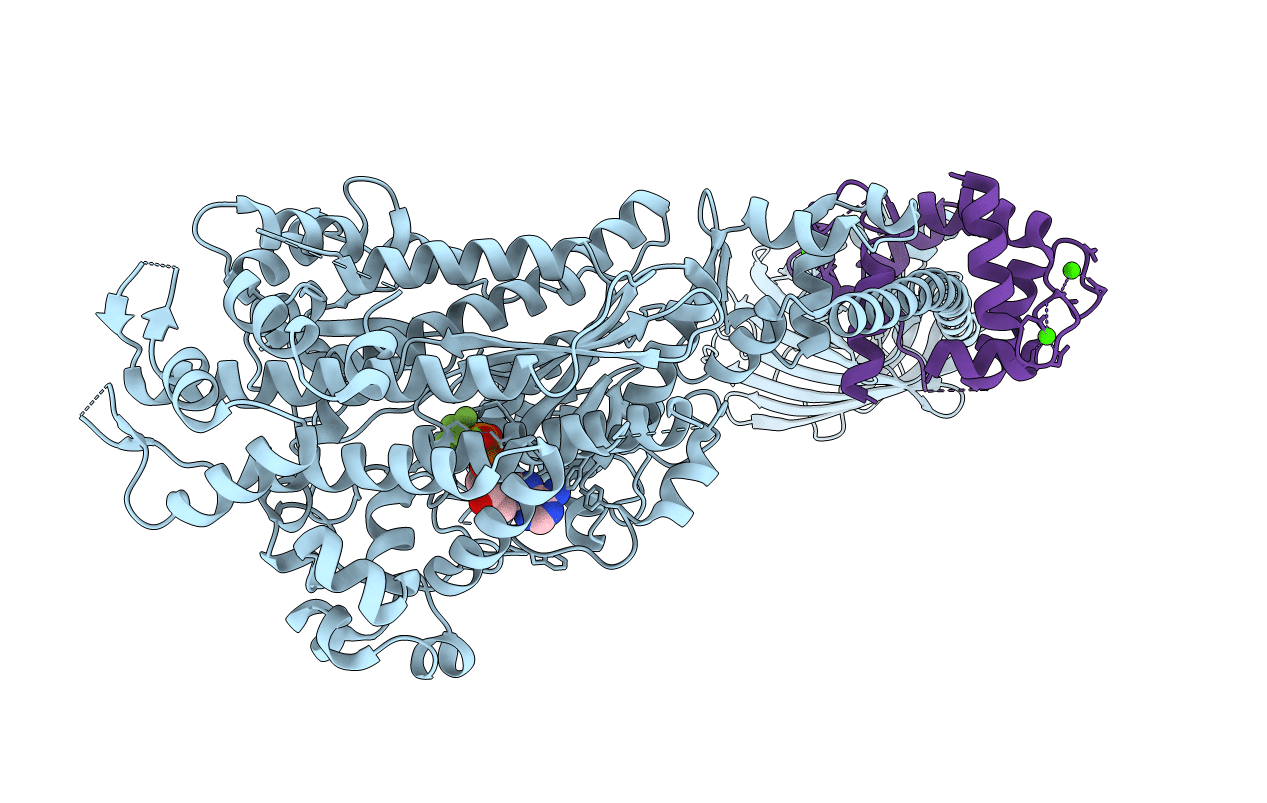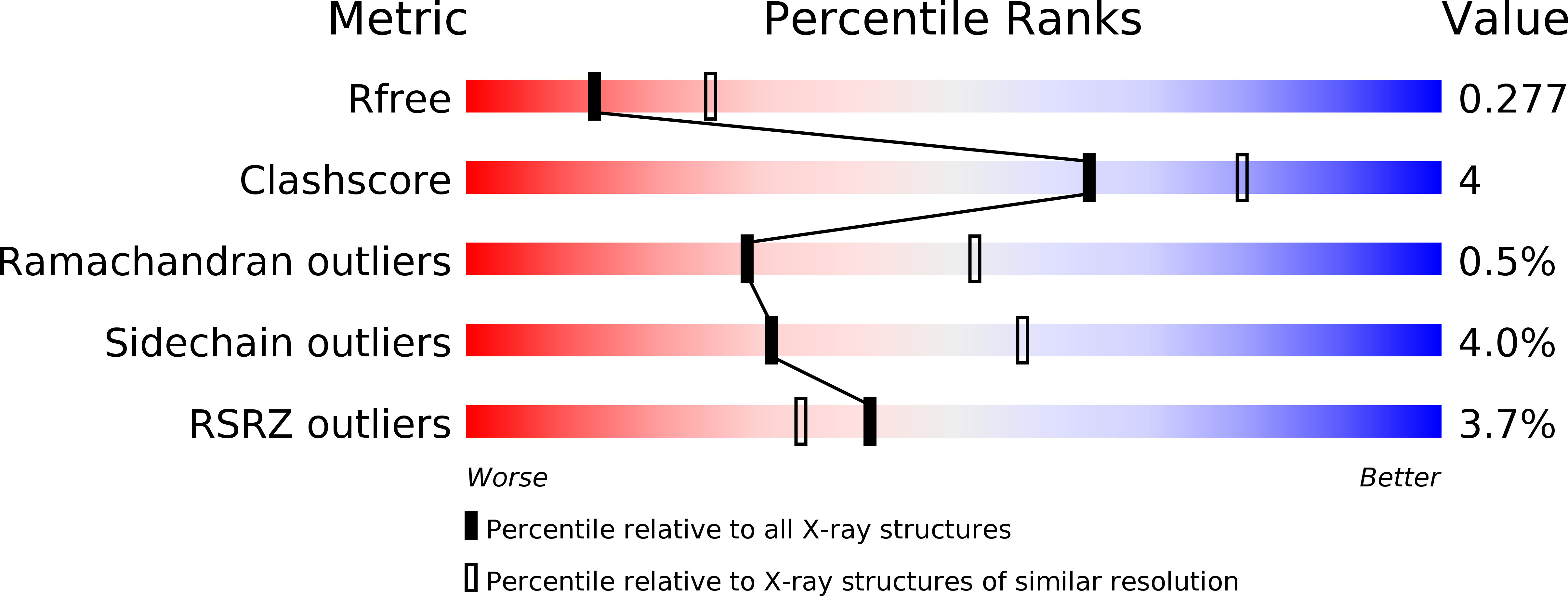
Deposition Date
2012-03-19
Release Date
2012-10-17
Last Version Date
2024-11-06
Entry Detail
PDB ID:
4ANJ
Keywords:
Title:
MYOSIN VI (MDinsert2-GFP fusion) PRE-POWERSTROKE STATE (MG.ADP.AlF4)
Biological Source:
Source Organism:
SUS SCROFA (Taxon ID: 9823)
AEQUOREA VICTORIA (Taxon ID: 6100)
DROSOPHILA MELANOGASTER (Taxon ID: 7227)
AEQUOREA VICTORIA (Taxon ID: 6100)
DROSOPHILA MELANOGASTER (Taxon ID: 7227)
Host Organism:
Method Details:
Experimental Method:
Resolution:
2.60 Å
R-Value Free:
0.28
R-Value Work:
0.23
R-Value Observed:
0.24
Space Group:
C 1 2 1


